21 Interesting Facts About Vietnam You Should Know Before You Go
Vietnam, a land of stunning landscapes, rich history, and vibrant culture, holds many surprises for those who venture to explore its depths. If you’re planning a trip or simply curious about this fascinating Southeast Asian country, here are 21 interesting facts about Vietnam that might surprise you.
1. Vietnam is home to the world’s largest cave
Did you know that the largest cave in the world is located in Vietnam? Son Doong Cave, tucked away in the lush jungles of Phong Nha-Ke Bang National Park, is truly a marvel of nature. Spanning 9 kilometers and reaching a height of 200 meters in places, it’s so large that its cavern contains a river, a rainforest, and enormous stalagmites. Discovered in 1991, this natural wonder remains a bucket-list destination for adventurers from all over the world. This is one of the mind-blowing facts about Vietnam.
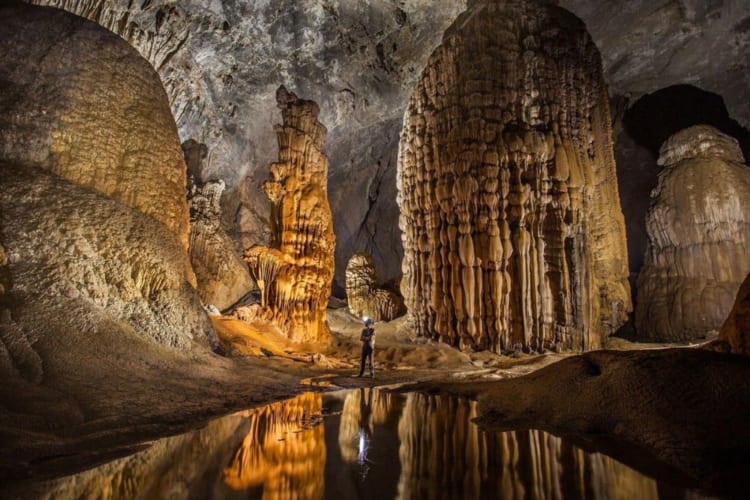
Massive stalactites inside Son Doong Cave. (Image source: Internet)
2. Vietnam has 8 UNESCO World Heritage Sites
Vietnam boasts eight UNESCO World Heritage Sites, showcasing the country’s diverse cultural and natural treasures. These include Ha Long Bay, Hoi An Ancient Town, My Son Sanctuary, Phong Nha-Ke Bang National Park, the Complex of Hue Monuments, Thang Long Imperial Citadel, the Citadel of the Ho Dynasty, and Trang An Landscape Complex. These sites are a testament to Vietnam’s rich history and natural beauty, making them must-see destinations for any visitor interested in facts about Vietnam.
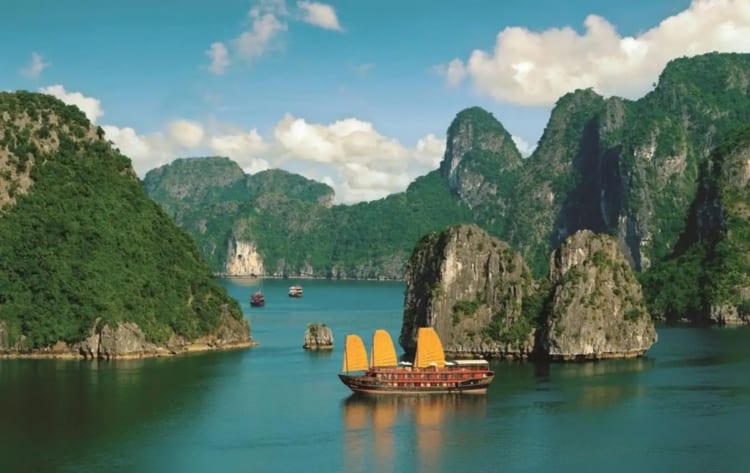
Ha Long Bay – One of the UNESCO World Heritage Sites in Vietnam. (Image source: Internet)
3. Motorbike is the most common mode of transportation
If there’s one thing visitors notice immediately when they arrive in Vietnam, it’s the sea of motorbikes on the road! With over 77 million motorbikes, they are by far the most common mode of transportation. Cities like Hanoi and Ho Chi Minh City are known for their chaotic motorbike traffic, which is an essential part of local life. For travelers, hopping on a motorbike is one of the best ways to explore Vietnam like a local.
>>> Check out our Ho Chi Minh City motorbike tour to explore Vietnam like a local!
4. Ao dai, pho, and banh mi have their definitions in the Oxford Dictionary
Vietnamese culture has left a mark on the world, even in the Oxford Dictionary! Traditional items such as the ao dai (Vietnamese national dress), pho (Vietnamese noodle soup), and banh mi (Vietnamese baguette sandwich) have gained international recognition for their cultural and culinary contributions. These words symbolically represent Vietnam’s rich traditions and world-class culinary heritage.
5. Vietnam is the world’s second-largest coffee exporter
After Brazil, Vietnam is the world’s second-largest exporter of coffee. The country is famous for its robusta beans, which are strong and bold in flavor. Vietnamese coffee culture is distinct, with drinks like ca phe sua da (iced coffee with condensed milk) and the unique egg coffee, served in cafes all over the country. A cup of strong Vietnamese coffee is a must-try for any visitor.
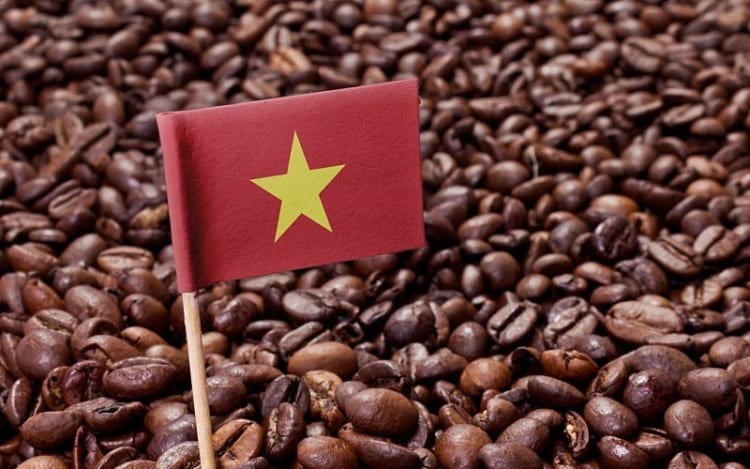
Beside being a large coffee exporter, Vietnam also has a strong coffee culture. (Image source: Internet)
6. The main ingredient of Vietnamese meals is rice
Another interesting fact about Vietnam is rice embedded in the culture and cuisine. With vast terraced rice fields evident in regions like Sapa and the Mekong Delta, rice is more than just a staple food—it’s a way of life. From pho (Vietnamese beef soup noodles) to xoi (sticky rice), the versatile grain is the foundation for countless Vietnamese dishes.
7. Vietnam has an extensive network of rivers
With over 2,360 rivers flowing through its breathtaking landscapes, Vietnam is a nation deeply shaped by its intricate river network. These waterways have profoundly influenced agriculture, transportation, and the everyday lives of Vietnamese people. The Red River in the north and the Mekong River in the south are the two largest and most important ones.
8. Sapa’s Fansipan is the highest mountain in Indochina
Nicknamed the “Roof of Indochina,” Fansipan Mountain towers at 3,147 meters, making it the tallest peak in the region. Located in Sapa, trekking up Fansipan rewards visitors with stunning views of mountain ranges, terraced rice fields, and evergreen forests. For those who aren’t avid hikers, a cable car provides an easier way to reach the summit.
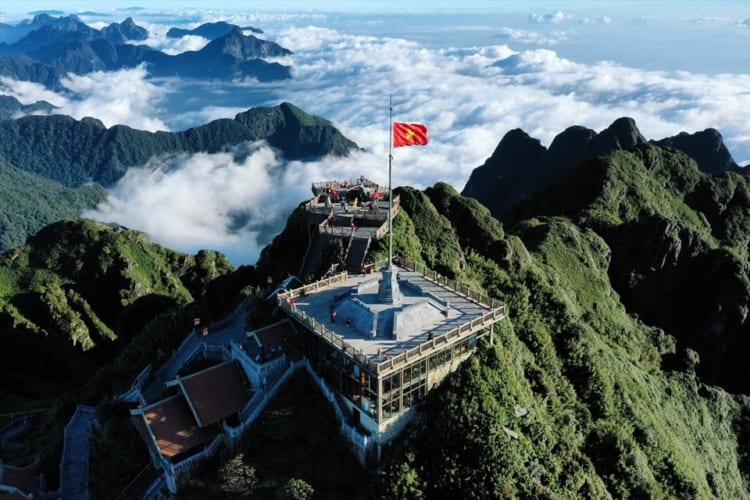
Fansipan Peak – The roof of Indochina. (Image source: Internet)
9. Vietnam has a long history
Vietnam’s history dates back more than 4,000 years, shaped by dynasties, colonization, and war. The country’s resilience is reflected in its spiritual temples, ancient ruins like My Son Sanctuary, and iconic historical sites such as the Imperial City of Hue. Each destination tells a story of Vietnam’s journey through time.
10. Vietnam’s national flower is lotus
Symbolizing purity, enlightenment, and resilience, the lotus flower is Vietnam’s national symbol. It is used extensively in art, poetry, and even cuisine. You’ll find lotus flowers blooming in lakes and ponds all over the country, especially during the summer months.
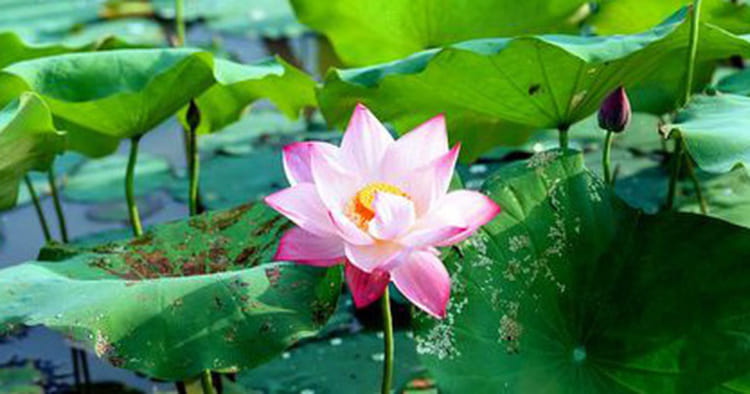
The image of a lotus flower emerging from muddy waters is emblematic of the Vietnamese people. (Image source: Internet)
11. Vietnam’s national dress is ao dai
The ao dai is more than just a traditional garment—it represents elegance, femininity, and national pride. Often worn on special occasions, ao dai is a tailored long dress paired with pants, offering a timeless blend of tradition and modernity. Ao dai is not only for women, there are also versions for men.
12. Lunar New Year or Tet, is the most important celebration in Vietnam
Tet or Lunar New Year is the most significant and widely celebrated festival in Vietnam. It’s a time for families to reunite, honor their ancestors, and welcome the arrival of spring. The celebrations typically last for several days, filled with vibrant decorations, traditional dishes like banh chung (sticky rice cake), and symbolic practices believed to bring good luck and prosperity for the coming year.
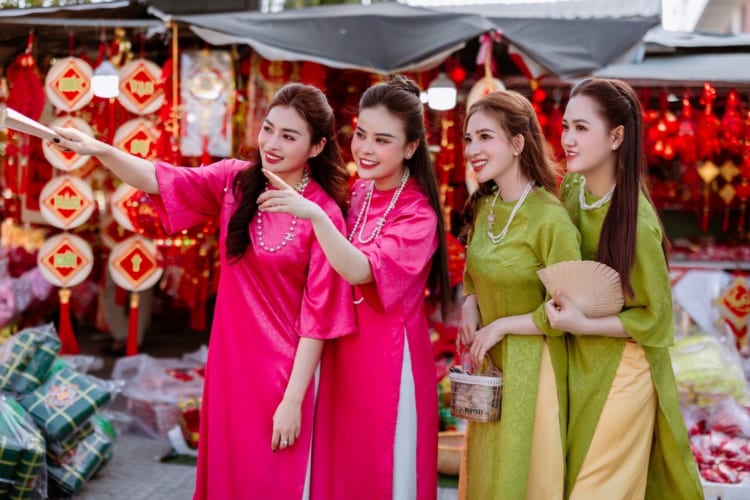
Vietnamese women wearing ao dai during Lunar New Year. (Image source: Internet)
13. Vietnam is one of the safest destinations to travel
Vietnam is widely recognized as one of the safest countries in Asia for travelers. While petty theft, like pickpocketing, can occur in tourist hotspots, violent crime is relatively rare. According to various travel safety indices, Vietnam consistently ranks favorably compared to other countries in the region. Travelers often praise the country for its welcoming atmosphere and the helpfulness of its locals.
14. Vietnam is one of the fastest-growing economies in Southeast Asia
Vietnam boasts one of Southeast Asia’s fastest-growing economies. Over the past decade, Vietnam’s GDP growth has consistently ranked among the highest in the region, often exceeding 6-7% annually. This impressive growth is fueled by robust manufacturing, a thriving export sector, and significant foreign investment.
15. Vietnam has a long coastline
With over 3,260 kilometers (approximately 2,026 miles) of coastline, Vietnam is blessed with numerous beautiful beaches and coastal destinations. From the bustling city beaches of Da Nang and Nha Trang to the idyllic islands of Phu Quoc and Con Dao, Vietnam offers diverse coastal experiences for beach lovers, divers, and adventure seekers.
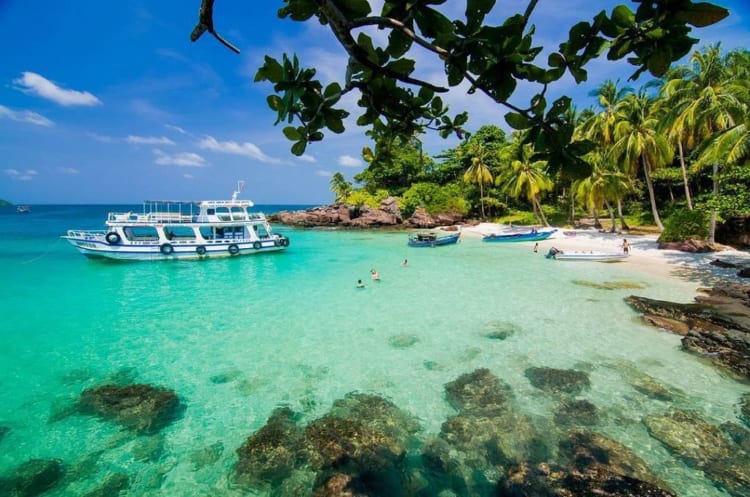
Vietnam is home to many beautiful beaches. (Image source: Internet)
16. Vietnam has 54 ethnicities
While the Kinh (Vietnamese) people constitute the majority (approximately 85%), Vietnam is a richly diverse nation comprising 54 officially recognized ethnic groups. These groups, including the Hmong, Tay, Dao, and Cham, each have their own distinct languages, customs, traditions, and clothing, contributing to the country’s vibrant cultural tapestry.
17. Vietnam is a street food paradise
Vietnam’s street food is legendary, offering an array of dishes like pho, spring rolls, banh xeo (crispy pancakes), and more. Wandering through Vietnamese markets and trying these inexpensive culinary delights is a must for any visitor.
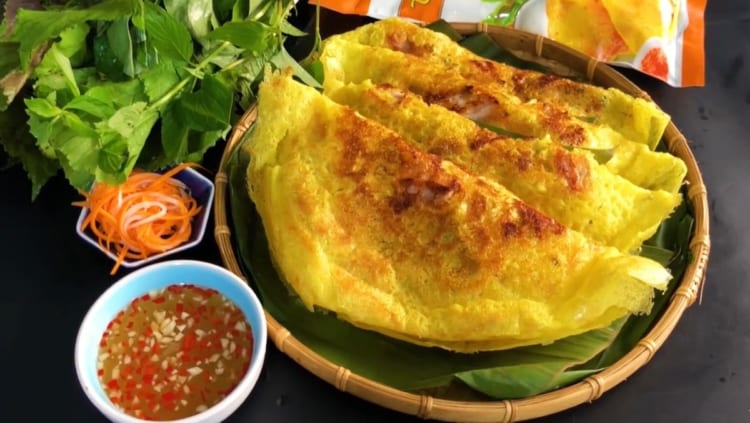
Banh xeo – A delicious street food in Vietnam. (Image source: Internet)
18. Nguyen is the most common surname in Vietnam
If you’ve met someone with the surname Nguyen, you’re not alone—it’s the most common surname in Vietnam. In fact, nearly 40% of the population shares this iconic last name! This widespread prevalence stems from historical events, primarily the Nguyen Dynasty (1802-1945). During their rule, many people adopted the royal surname, either through being granted it as an honor or to avoid persecution during periods of political instability.
19. Vietnam has many beautiful bridges
This is one of the lesser-known facts about Vietnam. The country is home to a variety of stunning bridges, ranging from ancient architectural marvels to modern engineering feats. The Japanese Covered Bridge in Hoi An, dating back to the 17th century, is a prime example of historical architecture, while the Golden Bridge in Ba Na Hills, with its giant stone hands holding it aloft, has become an icon.
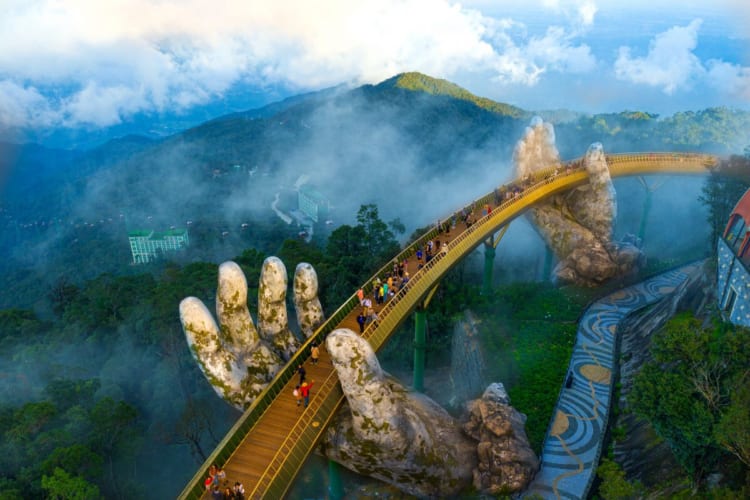
The marvellous architecture of Golden Bridge. (Image source: Internet)
20. Vietnam has a rich biodiversity
Vietnam is recognized as one of the world’s biodiversity hotspots, harboring a rich variety of flora and fauna. The country is home to several endangered and unique species, including the saola (a rare forest-dwelling bovine), the red-shanked douc langur, and various species of primates. Vietnam’s diverse ecosystems range from tropical rainforests and mangrove forests to coral reefs and wetlands.
21. Vietnamese are known for their hospitality and friendliness
Last but not least! One of the most heartwarming facts about Vietnam is the warmth of its people. Vietnamese locals are renowned for their friendliness, and they have a wonderful way of making visitors feel right at home. Don’t be surprised if you find yourself invited for tea, offered helpful advice, or simply greeted with a genuine smile – it’s all part of the Vietnamese charm.
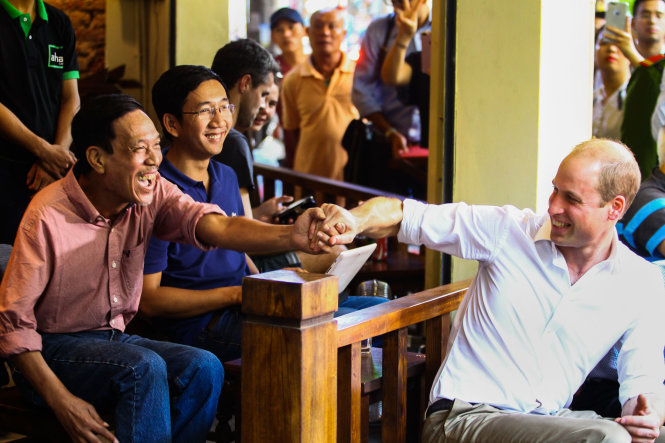
You will feel welcomed by Vietnamese people when coming to this country. (Image source: Internet)
And that is 21 interesting facts about Vietnam. Hopefully this offers you a glimpse into this captivating country. With its history, cuisine, or natural wonders, Vietnam is a must-visit destination for any traveler. If you are planning for a memorable Vietnam trip, don’t hesitate to contact us for insightful consultation from our local experts!
>>> Tour you may like: SECRET VIETNAM FROM THE NORTH TO SOUTH

